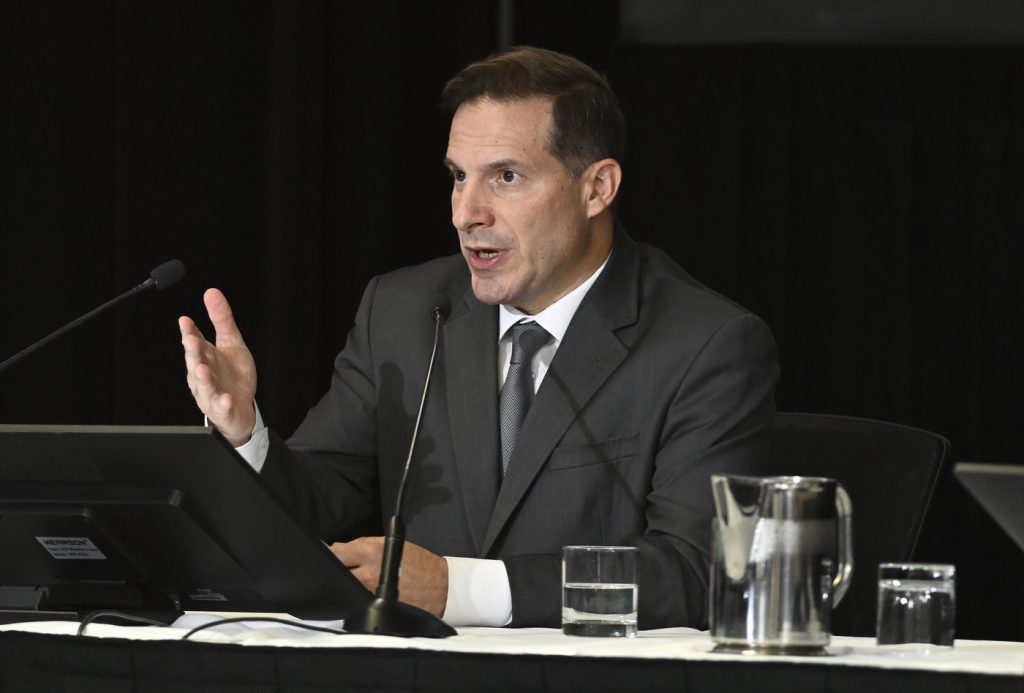Southern Manitoba hit with hail, tornadoes in recent storms
Posted June 28, 2023 4:28 pm.
Last Updated June 28, 2023 8:31 pm.
People living in southwestern Manitoba have experienced significant weather over the past few weeks, bringing large sized hail and even tornadoes.
On June 20th, three tornadoes touched down in southwestern Manitoba, causing severe damage to the area. Photos showing the destruction left behind. One week later, another major storm, producing golf-ball sized hail, heavy rain and a tornado swept through the same region of the province.
“We had a few more storms later in the day, about an hour and a half later, where forecasters issued tornado warnings because of radar signatures so we can see rotation in these storms, but you can’t confirm what is actually happening at the surface using radar, or satellite or lightning,” explained Natalie Hasell, Warning Preparedness Meteorologist iwth Environment and Climate Change Canada.
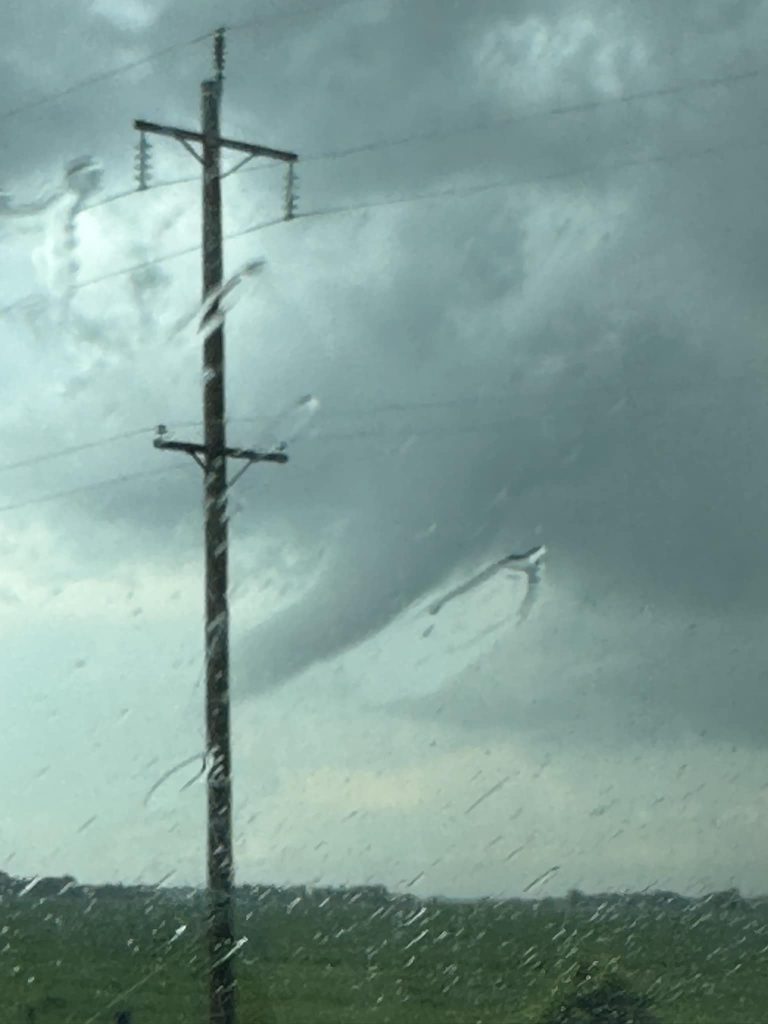
Tornado outside of Neepawa, Manitoba. (Photo Credit: Blossom Spence)
On Wednesday, Winnipeg and much of southern Manitoba were under a tornado watch. Blossom Spence took a video of a tornado near Neepawa, Manitoba, over two hours west of Winnipeg. She says the tornado caught her by surprise.
“I was just driving and then I saw the cloud coming down. I thought to myself, ‘I wonder if that will turn into a tornado.’ I drove a few minutes, got to the open few and then I saw it swirling and it came down slowly. I’m pretty sure it did touch down, only for a few minutes,” said Spence.
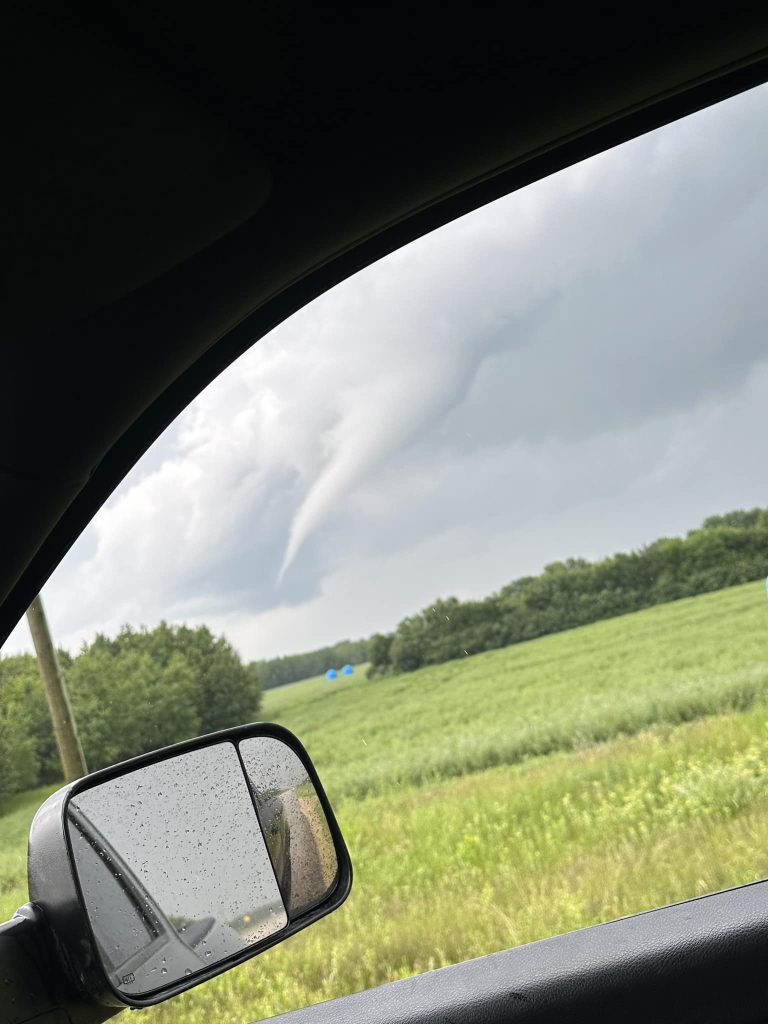
Tornado outside of Neepawa, Manitoba. (Photo Credit: Blossom Spence)
Angela Lopez was working in MacGregor, Manitoba when the storm hit, and she took this video which shows loonie-sized hail falling to the ground. Lopez says she has seen her fair share of storms in her lifetime, but says she’s never seen anything quite intense as this before.
“I was just more shocked at how much hail we had. It was about a good 20 minutes of hail, just non-stop. I have never seen that before in my life,” said Lopez.
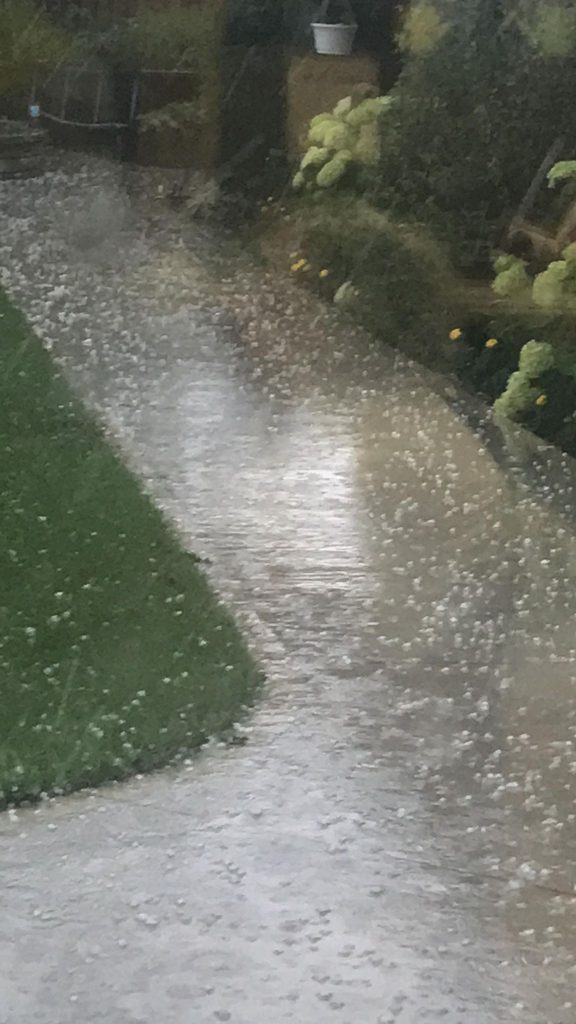
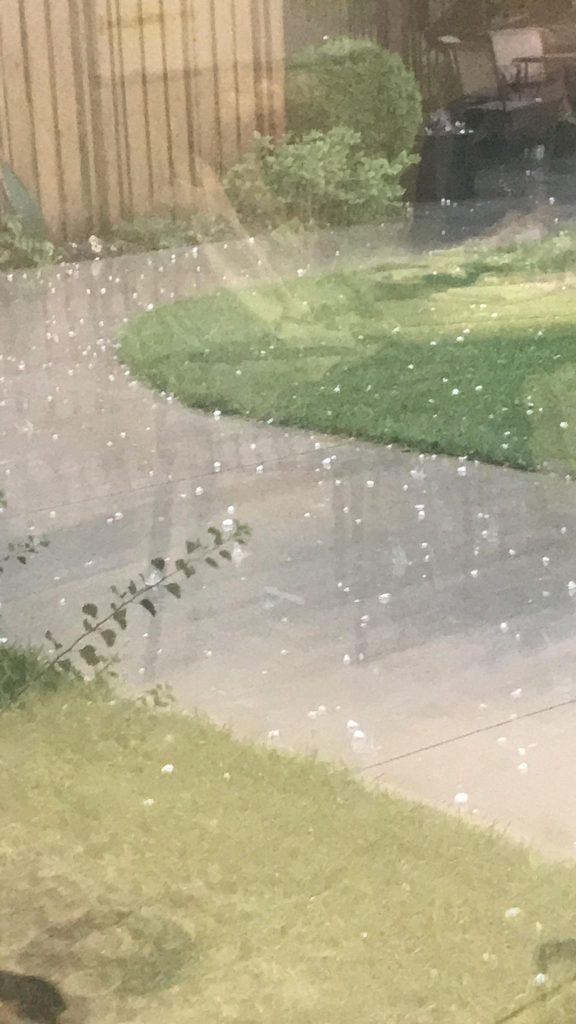
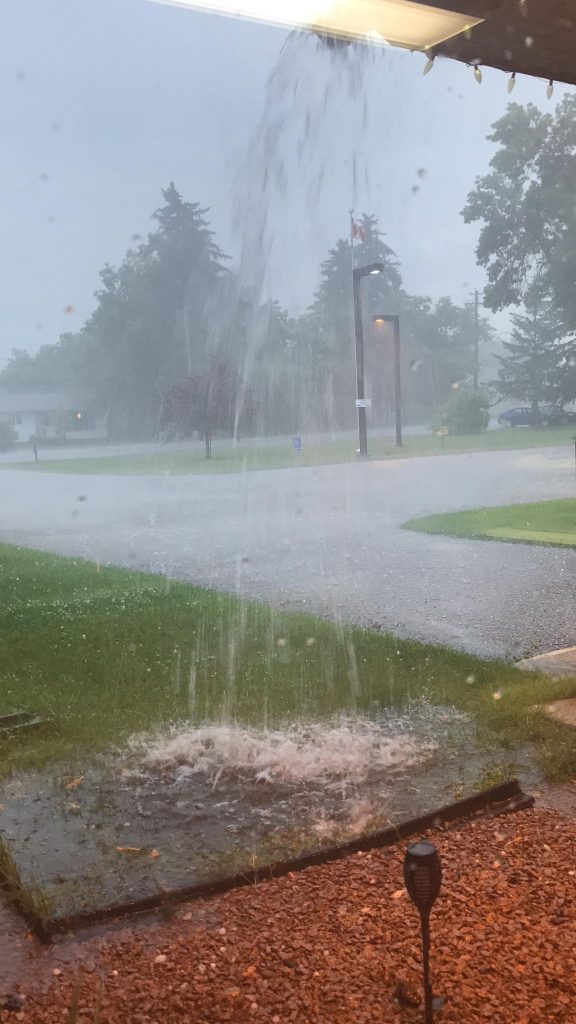
Jack Lindsay is the chair of the Applied Disaster and Emergency Studies program at the University of Brandon, and says regardless of frequency or severity of storms, Canada is generally unprepared.
“I think that we have to recognize that we are no longer in a stable climate and some of these changes may be what we see in the future,” said Lindsay. “Even if climate change isn’t increasing the storms or the intensity, we are still not ready for some of these significant events like large tornadoes or other things in Canada.”
Lindsay says the federal and provincial governments need to change legislation that empowers municipalities to both prepare for, respond to, and recover from a disaster.
“Summer storms are a part of living in the Prairies. We are seeing perhaps more or perhaps noticing them more distinctly.”
He says B.C. is just changing their legislation, Ontario has tweaked theirs as well, but as for Manitoba, Lindsay says the legislation dates back to the 1950s. He says he’s fearful nothing will change until a major natural disaster occurs.
“We take that near miss as a win, rather than as a sign that we need to be better prepared for next time. I would encourage us not to wait for our Hurricane Katrina or our Kobe earthquake, or some of the major events we have seen in history. We need to get on to this now.”



